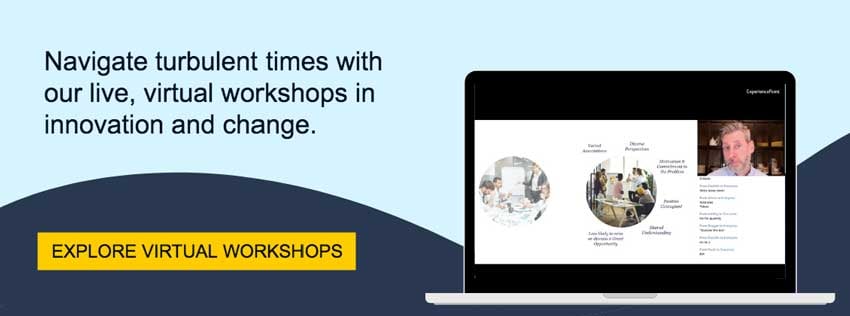 Even if it’s the middle of the workday, there is a good chance you are reading this blog from home or a coffee shop rather than a traditional office. That’s because 70 percent of global professionals now work remotely at least one day a week, and 11 percent never come into the office — and that only takes into account full-time staff workers. More than a third of the workforce is now freelance, which means they may never meet their teammates face-to-face.
Even if it’s the middle of the workday, there is a good chance you are reading this blog from home or a coffee shop rather than a traditional office. That’s because 70 percent of global professionals now work remotely at least one day a week, and 11 percent never come into the office — and that only takes into account full-time staff workers. More than a third of the workforce is now freelance, which means they may never meet their teammates face-to-face.
This work-from-anywhere trend delivers many economic and recruiting benefits for employers, including lower overhead and the ability to bring in experts from anywhere in the world. But it can also throw a monkey wrench into team dynamics — particularly when teams are expected to come up with innovative solutions that drive new value for customers.
The lack of face-to-face engagement and casual time on remote teams prevents the unexpected collaborations that often spark innovative ideas. Remote team members do most of their work in isolation, and when they do connect it is usually for structured meetings to share updates or address project issues. As a result, they have fewer opportunities to engage and collaborate, which can create a “sensory deficit.”
Design thinking strategies can help these teams overcome some of these obstacles by providing more opportunities for intentional interactions via remote technology to foster creativity. Design thinking, applied in innovative ways, can be very effective in a virtual team environment.
Because most of the interaction between virtual teammates is highly structured with — weekly conference calls and daily reports as examples — these teams need to integrate additional time for creative thinking into the weekly process. That may include using videoconferencing tools to host a brainstorming session, using a shared whiteboard to create drawings and build on each other’s ideas, or holding ongoing conversations about the project and the customer to stay connected and inspire each other’s work.
To make the most of these deliberate interactions, teams should apply the same best practices that we use in any design thinking workshop.
-
Set a clear agenda. Make sure everyone knows the goals of the meeting and their expected contribution, and be specific. Defining a single problem or action item will generate more useful results than big picture brainstorming with no clear guide rails.
-
Give a timeframe. Knowing the length of the meeting in addition to the agenda will encourage participation and prevent people from multitasking and tuning out.
-
Give a pre-meeting assignment. Asking teammates to generate ideas or come up with questions for the team beforehand will prevent early awkward silences and ensure that time isn’t wasted getting everyone up to speed.
-
Assign a facilitator. Making someone the facilitator for your meeting ensures engagement. The facilitator can encourage those not interacting to provide their perspectives or ideas and they can ask questions of the group to elicit participation. You want a facilitator who can inspire interactivity and active listening, and who can rein in the conversation if the team gets off topic.
-
Use shared whiteboards to draw concepts and add builds. Drawing is one of the most powerful tools in a brainstorming session, and it gives visual thinkers another way to be heard.
-
Record ideas in a shared document or portal. Whether you assign one person to write down the ideas, or ask all participants to record their contributions, be sure there is a written record of the outcome of the meeting. Creating a shared online space into which design project artifacts can be ported will inspire individual creativity later on.
Working on a virtual team doesn’t mean you have to work alone. Finding opportunities to connect and share ideas can reduce the sense of isolation and create space for new ideas and innovation to emerge.
